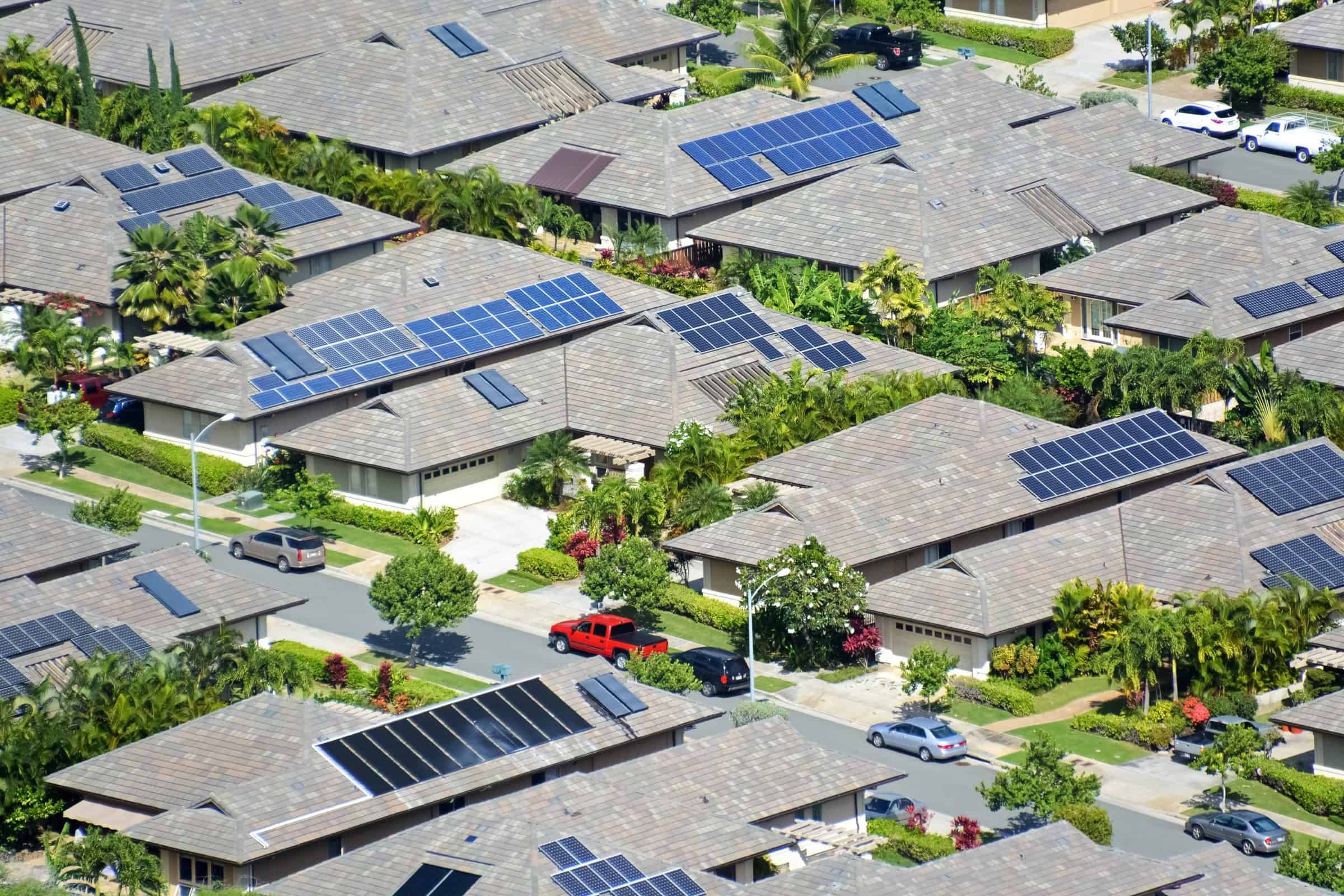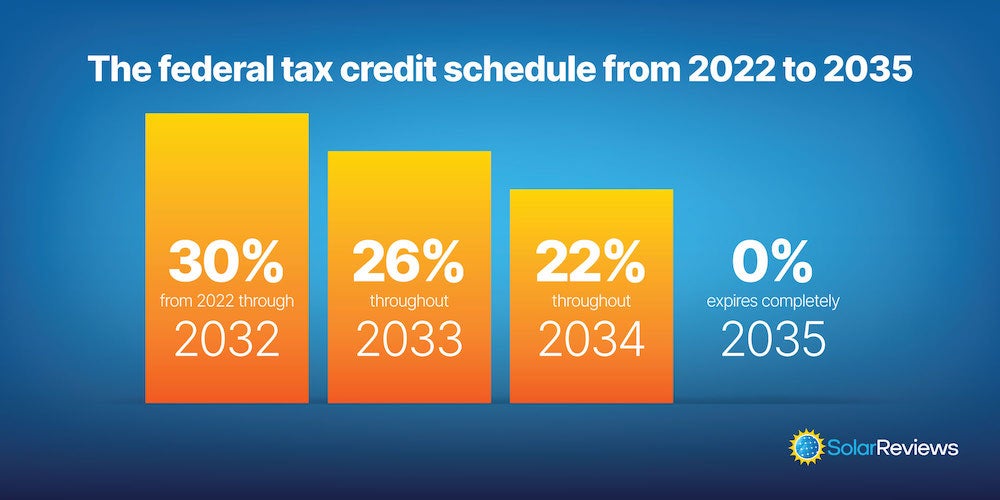Solar panels Texas tax credit: A beacon of financial savings and environmental stewardship, this comprehensive guide illuminates the path to harnessing the sun’s energy while reaping substantial rewards.
Unveiling the intricacies of the Texas solar tax credit program, this guide empowers homeowners to navigate the eligibility criteria, application process, and documentation requirements with ease. Dive into the compelling benefits of solar panels, exploring their potential to slash energy bills, minimize carbon footprint, and enhance property value.
Solar Panel Tax Credit Overview

The Texas Property Assessed Clean Energy (PACE) program provides financial incentives for the installation of renewable energy systems, including solar panels, on residential and commercial properties.
To be eligible for the PACE program, property owners must meet the following requirements:
- The property must be located in Texas.
- The property must be used for residential or commercial purposes.
- The solar energy system must be installed by a licensed contractor.
- The solar energy system must meet certain minimum efficiency standards.
The amount of the tax credit is based on the cost of the solar energy system. The credit is equal to 25% of the cost of the system, up to a maximum of $10,000.
To apply for the PACE program, property owners must submit an application to their local government. The application must include documentation of the cost of the solar energy system and proof that the system meets the minimum efficiency standards.
Benefits of Solar Panels in Texas
Solar panels offer numerous advantages for homeowners in Texas, including significant financial savings, environmental benefits, and potential property value increases.
Financial Savings
Solar panels can dramatically reduce electricity bills by generating clean, renewable energy from the sun. The cost of solar panels has decreased significantly in recent years, making them a more affordable investment for many homeowners. Additionally, the federal government offers a 30% tax credit for solar panel installations, further reducing the upfront cost. In Texas, homeowners may also be eligible for state and local incentives, such as property tax exemptions and rebates.
Environmental Benefits
Solar energy is a clean and renewable source of energy that does not produce greenhouse gases or other pollutants. By using solar panels, homeowners can reduce their carbon footprint and contribute to a cleaner environment. Solar panels can also help reduce the demand for fossil fuels, which can lead to lower energy prices for everyone.
Increased Property Value
Studies have shown that homes with solar panels sell for a higher price than comparable homes without solar panels. This is because solar panels are seen as a valuable asset that can save homeowners money on their energy bills and increase the overall value of their property.
Choosing the Right Solar Panel System
Selecting the optimal solar panel system for your home or business requires careful consideration of several key factors. These include the size of the system, the type of panels, the efficiency of the panels, and the cost of the system.
Homeowners in Texas can take advantage of tax credits for installing solar panels, reducing the cost of going solar. However, it’s important to ensure that your solar panel system is properly sized, as excessive amperage can lead to potential issues.
If the amperage is too high , it can put strain on your electrical system and even damage components. To avoid these problems, consult with a qualified solar installer who can design a system that meets your energy needs and adheres to safety standards.
This will help you maximize the benefits of solar energy while ensuring the longevity and reliability of your investment.
There are three main types of solar panels available: monocrystalline, polycrystalline, and thin-film. Monocrystalline panels are the most efficient and durable, but they are also the most expensive. Polycrystalline panels are less efficient and durable than monocrystalline panels, but they are also less expensive. Thin-film panels are the least efficient and durable, but they are also the least expensive.
When choosing a solar panel system, it is important to find a reputable installer. A reputable installer will be able to help you determine the right size system for your needs and will be able to provide you with a fair price for the system.
Finding Reputable Solar Installers
There are a few things you can do to find a reputable solar installer. First, you can ask for recommendations from friends or family members who have installed solar panels. You can also check online reviews of solar installers in your area.
Once you have a few installers in mind, you can contact them to get quotes. Be sure to ask about the following:
- The size of the system they recommend
- The type of panels they use
- The efficiency of the panels
- The cost of the system
- The warranty on the system
Once you have received quotes from several installers, you can compare them to find the best deal. Be sure to consider the size of the system, the type of panels, the efficiency of the panels, the cost of the system, and the warranty on the system when making your decision.
Installation and Maintenance: Solar Panels Texas Tax Credit
Installing solar panels typically involves several key steps:
- Site assessment: A qualified solar installer will evaluate your property to determine the optimal placement, size, and type of solar panel system for your needs.
- Permitting: Most municipalities require permits for solar panel installations. The installer will handle the permitting process on your behalf.
- Installation: The solar panels are mounted on your roof or on a ground-mounted system. The installer will connect the panels to an inverter, which converts the DC power generated by the panels into AC power that can be used by your home.
- Inspection: Once the system is installed, it will be inspected by a qualified electrician to ensure it meets all safety codes.
Solar panels require minimal maintenance. However, it is important to keep the panels clean and free of debris, as this can reduce their efficiency. You should also have your system inspected by a qualified solar installer every few years to ensure it is operating properly.
Warranties and Guarantees
Most solar panel manufacturers and installers offer warranties and guarantees on their products and services. These warranties typically cover the performance of the panels, the workmanship of the installation, and the electrical components of the system. The length of the warranties and guarantees varies depending on the manufacturer and installer, but most offer coverage for at least 10 years.
Additional Resources

This section provides links to helpful resources for further information on solar panels in Texas.
Government Websites
- Database of State Incentives for Renewables & Efficiency (DSIRE)
- National Renewable Energy Laboratory (NREL)
- U.S. Department of Energy (DOE)
Industry Associations, Solar panels Texas tax credit
- Solar Power Texas
- Solar Energy Industries Association (SEIA)
- North American Board of Certified Energy Practitioners (NABCEP)
Solar Panel Manufacturers
Ultimate Conclusion

From selecting the optimal solar panel system to ensuring seamless installation and maintenance, this guide provides a roadmap for maximizing the value of your solar investment. Discover the nuances of different solar panel types, reputable installers, and the warranties that safeguard your investment. Embrace the future of energy with solar panels in Texas, unlocking a world of financial and environmental advantages.
Top FAQs
What are the eligibility requirements for the Texas solar tax credit?
To qualify for the Texas solar tax credit, you must own a residential property in Texas and install a solar photovoltaic system that meets specific criteria, including minimum system size and performance standards.
How much is the Texas solar tax credit?
The Texas solar tax credit is a 25% tax credit on the cost of installing a solar photovoltaic system, up to a maximum of $10,000.
How do I apply for the Texas solar tax credit?
To apply for the Texas solar tax credit, you must file Form 500-S, Solar Energy Device Credit, with your Texas state income tax return.


